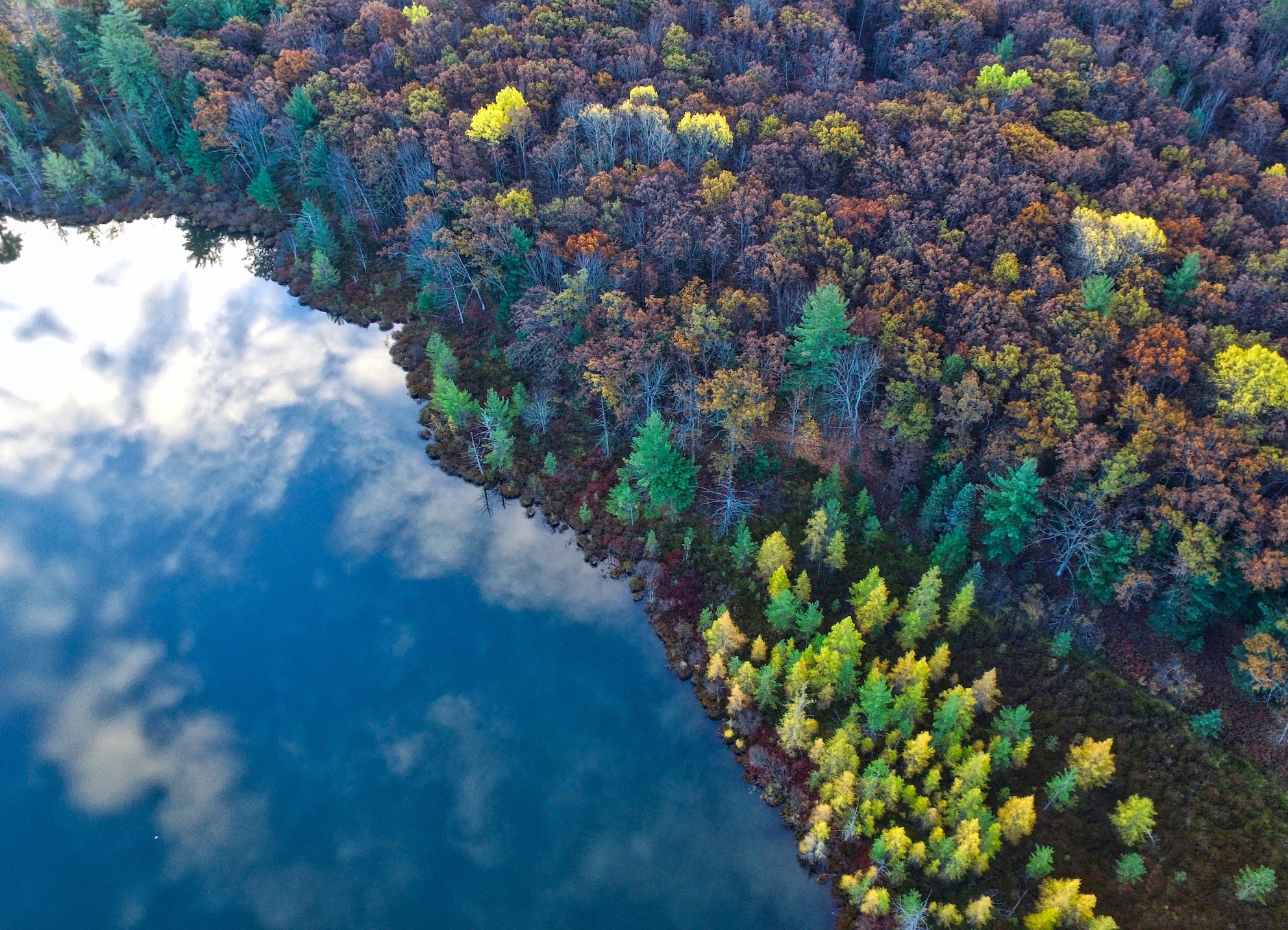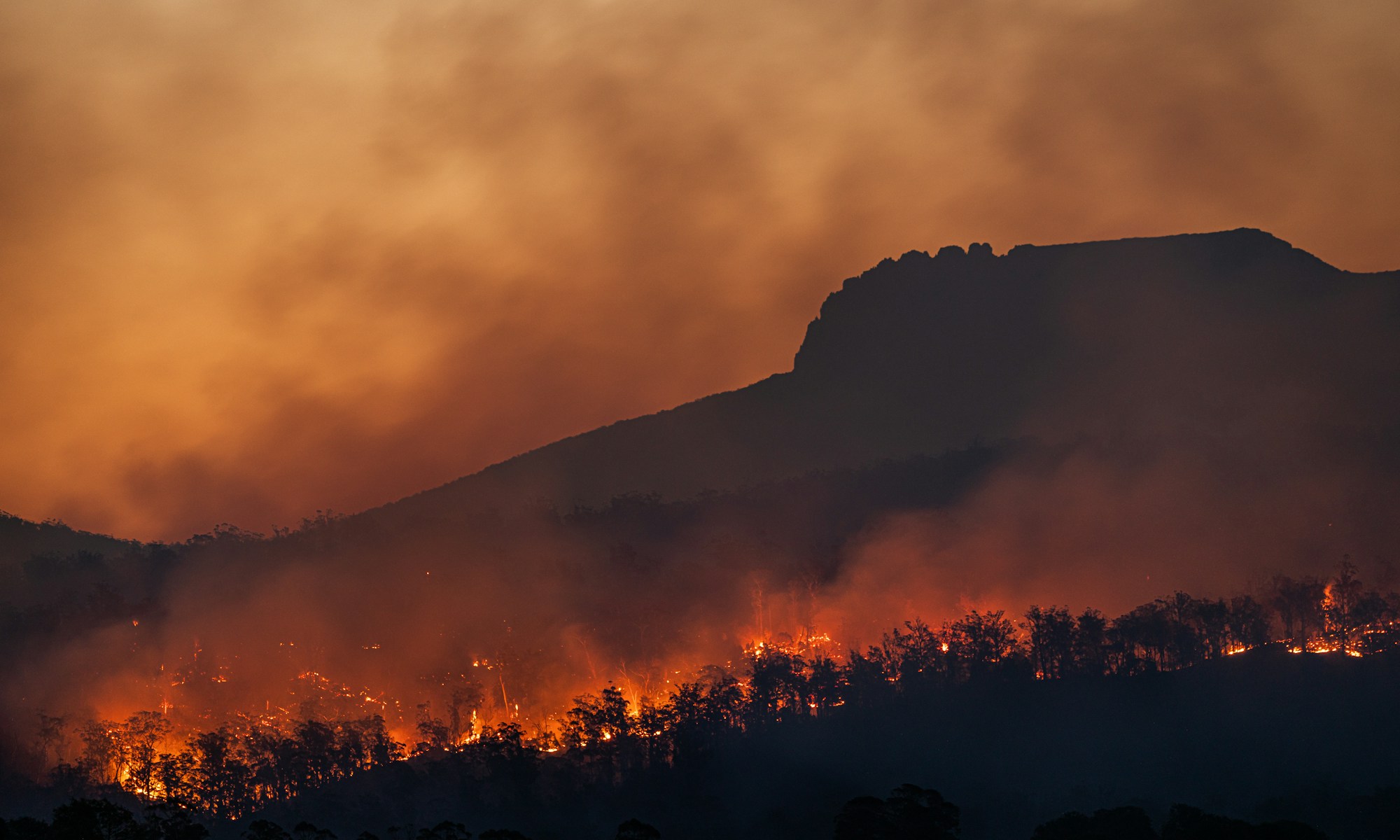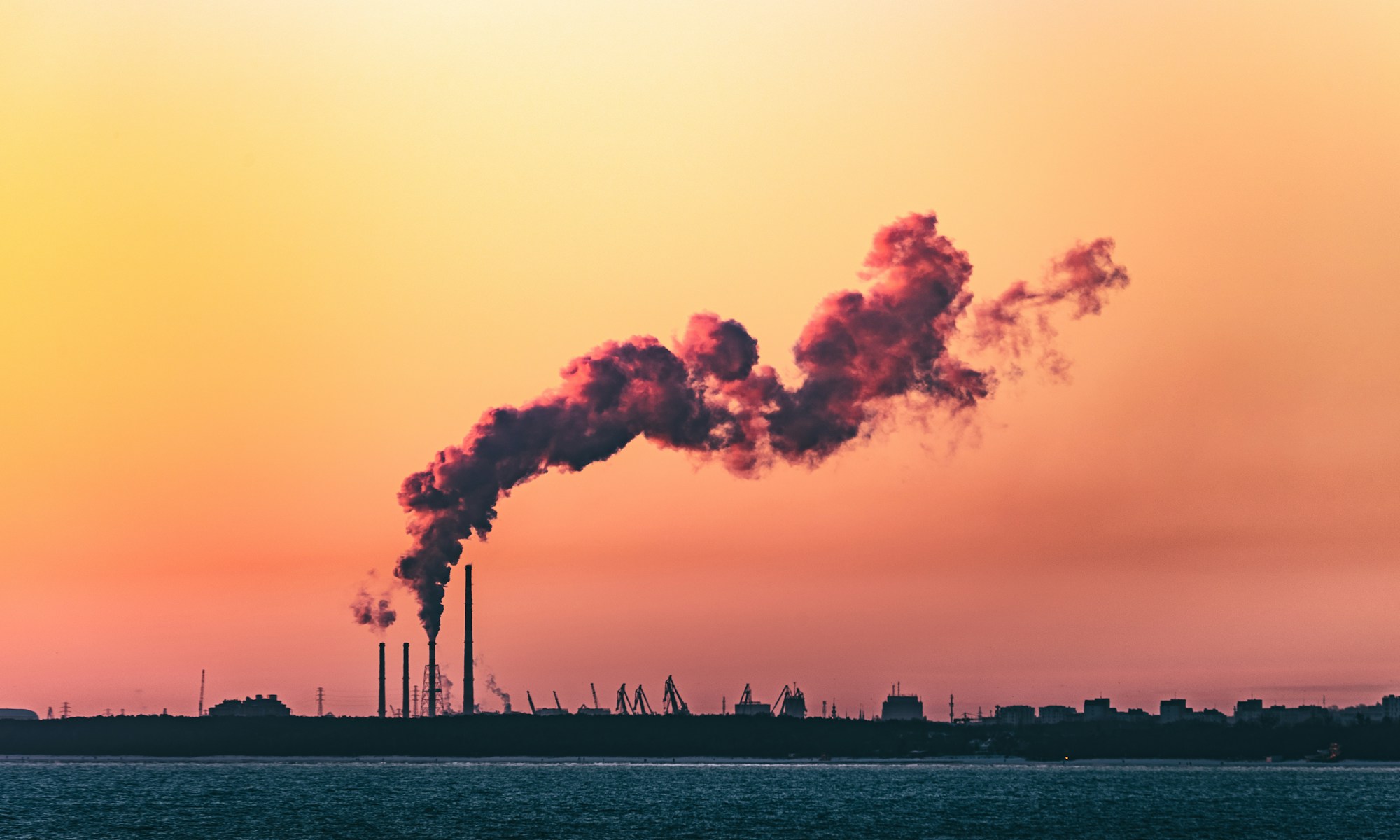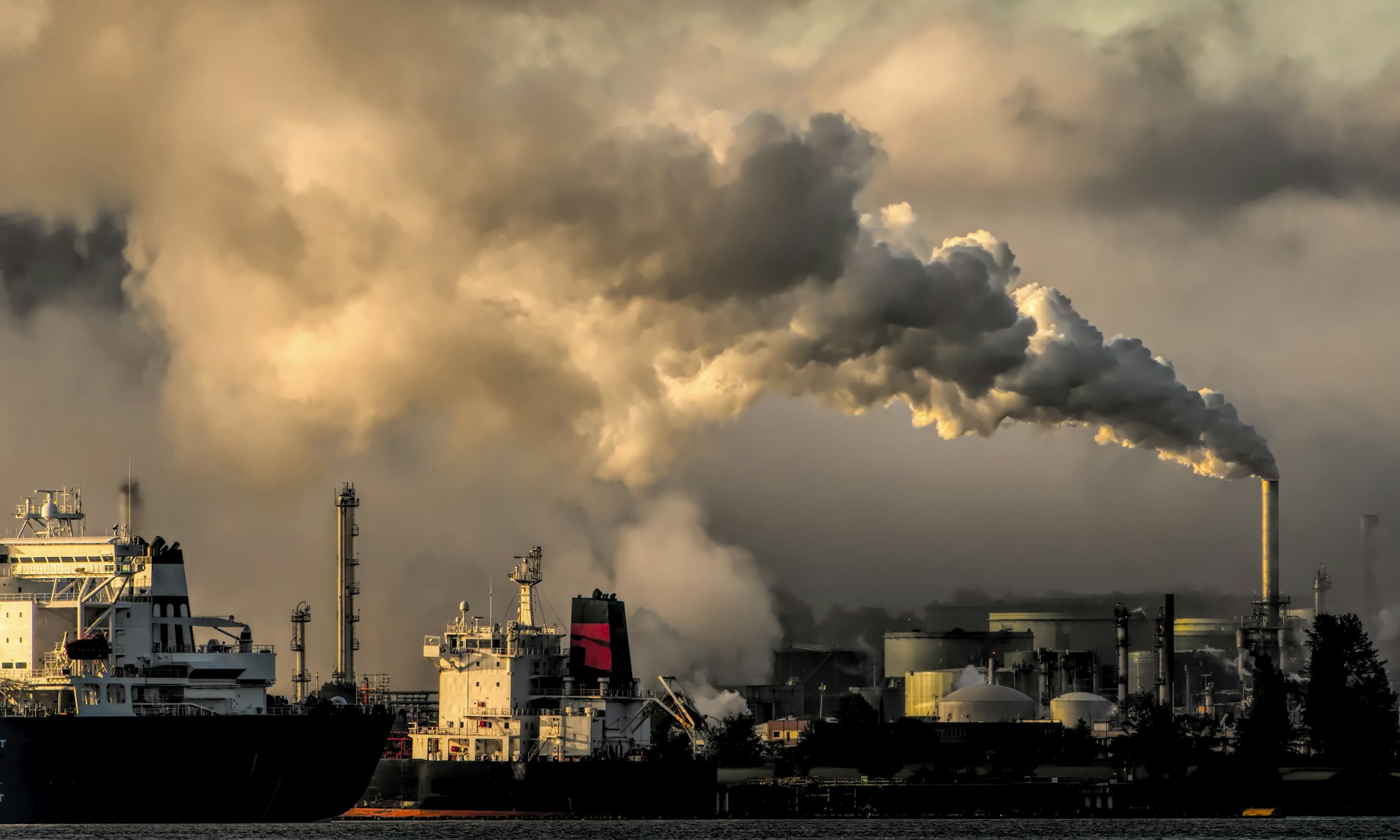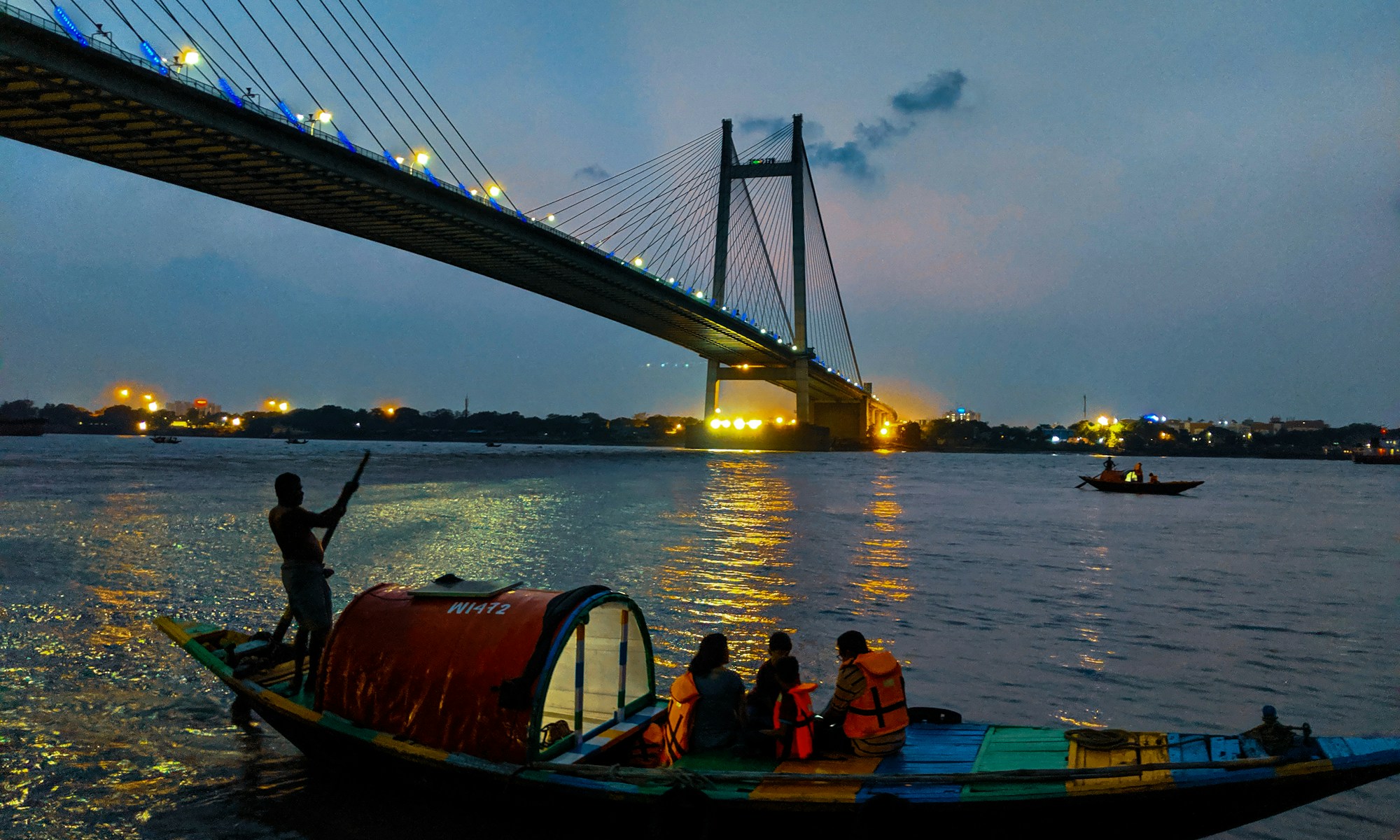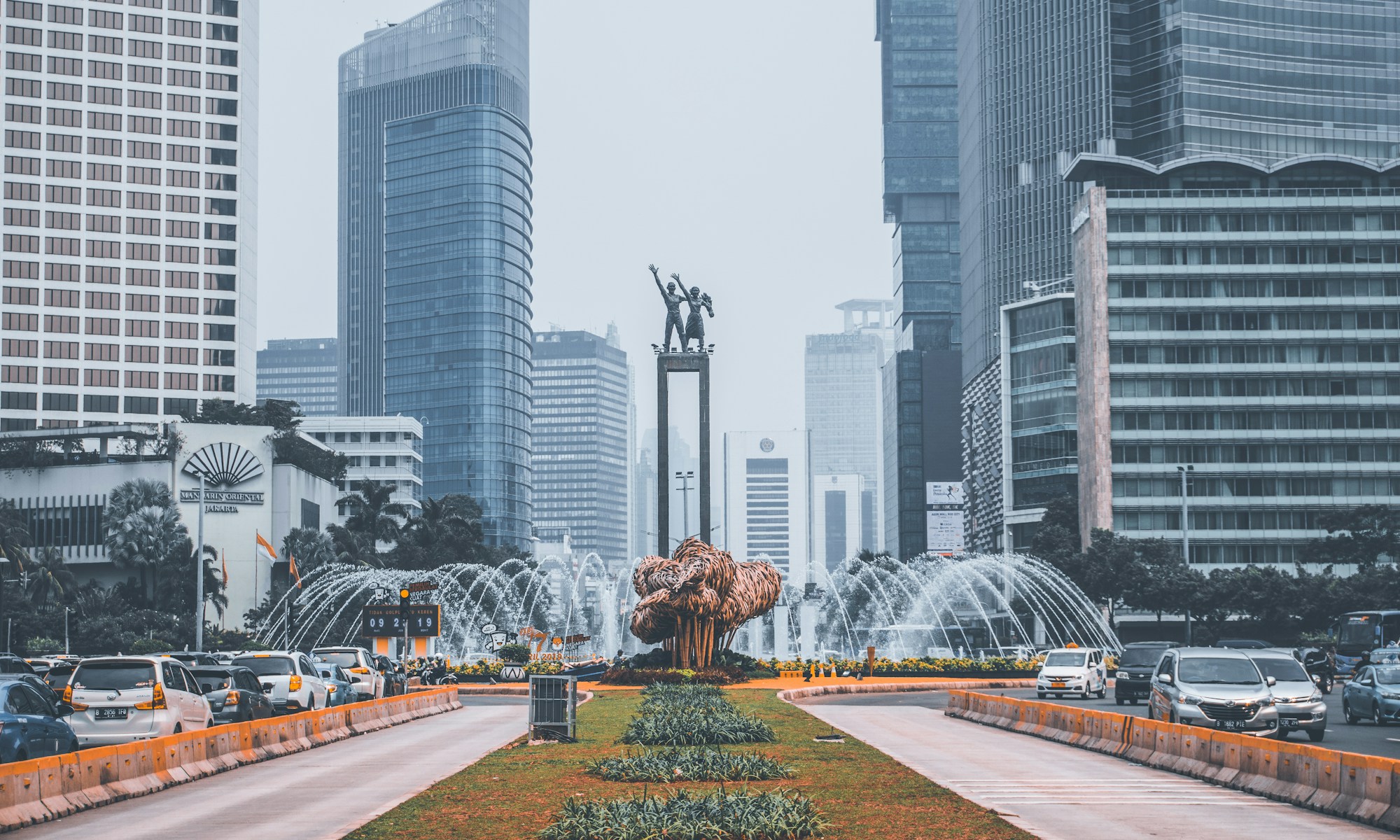4 August 2022 – by Darina Kalamova
On 28 July 2022, the United Nations General Assembly adopted a resolution that gives a clean, healthy and sustainable environment a universal recognition with air quality, safe and sufficient water, healthy soil, climate change, and biodiversity being some of the main concerns.
The resolution received overwhelming support in the Assembly, and out of the 193 United Nations Member States, 161 voted in favour and 8 abstained. The Secretary-General, António Guterres, who welcomed the adoption of the document as well, stated that it “demonstrates that member states can come together in our collective fight against the triple planetary crises of climate change, biodiversity loss, and pollution”.
Despite not being legally binding, the resolution is still an important tool that could bring real change in the world.
Firstly, the universal right to a clean, healthy and sustainable environment is now integrated into the United Nations framework alongside other fundamental social, economic, civic and political rights. Secondly, it underlines the need to put human rights at the center of environmental policies, and it further empowers local communities and individuals to call for positive action.
The resolution also highlights the political commitment expressed by the member states to fight environmental degradation, climate change and poverty, which are deeply interlinked. Therefore, working towards realizing this universal right can bring much needed relief to those who are disproportionately affected by environmental threats, including indigenous persons, women, marginalized communities, people with disabilities.
Everyone everywhere deserves a right to a healthy environment and the adoption of this resolution is a right step in achieving this human right. It lays the needed foundation for all concerned sides to take action and scale up their efforts.
